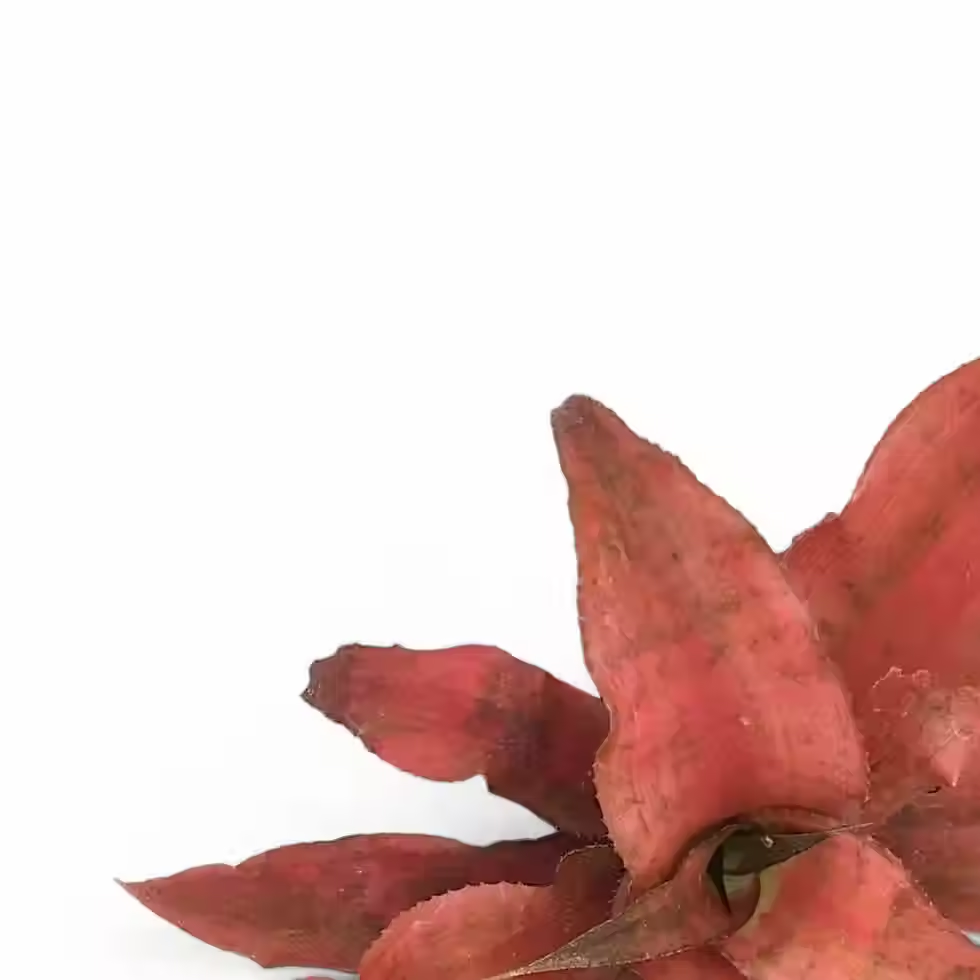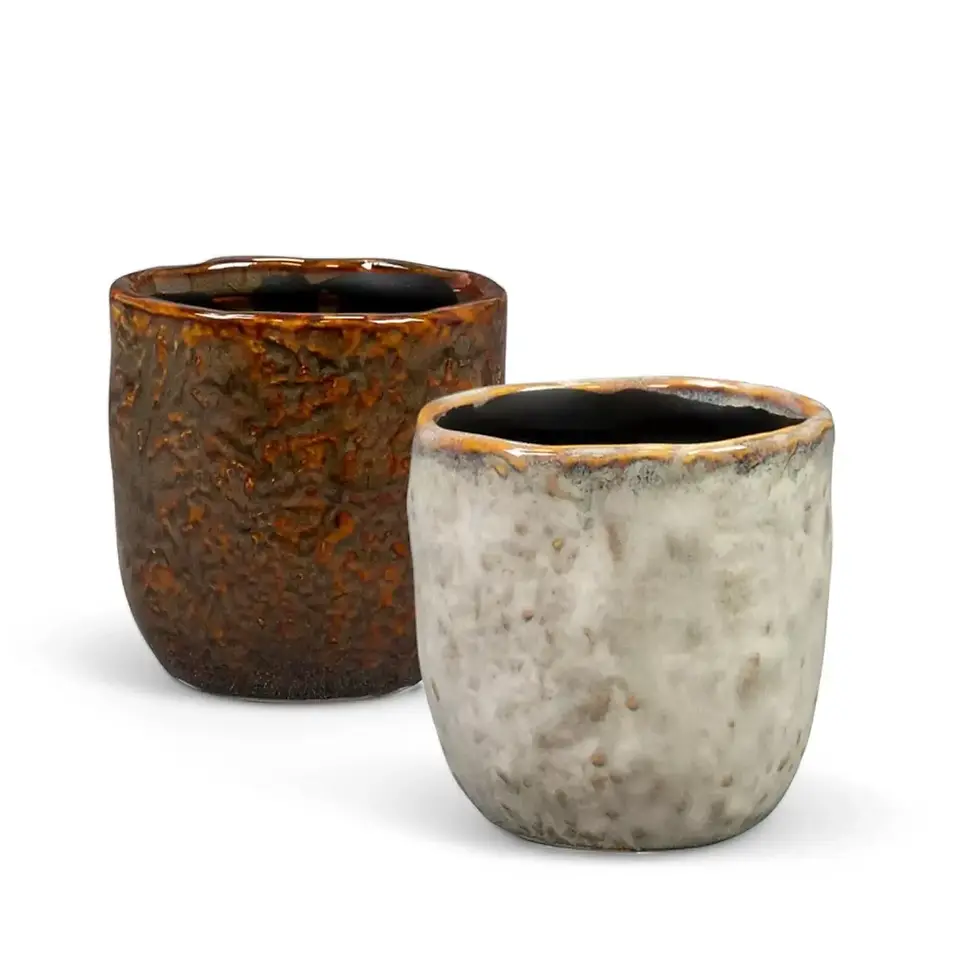Dryopteris erythrosora - Comprehensive Care Guide for Your Autumn Fern
The autumn fern (Dryopteris erythrosora) is a striking houseplant known for its ever-changing foliage. Young fronds emerge in shades of copper, bronze, or deep pink before gradually transitioning to lush green as they mature. This seasonal transformation makes it a captivating addition to any indoor space. Its finely divided, arching fronds give it a soft, feathery appearance, while the distinctive reddish sori (spore cases) on the undersides of mature leaves add further visual interest. Adaptable and resilient, Dryopteris erythrosora thrives in low-light conditions, making it an excellent choice for shaded corners or areas with indirect light.
Dryopteris erythrosora - Key Features and Benefits
- Stunning Color Shifts - Young fronds display warm copper, pink, or bronze hues before turning deep green.
- Shade-Loving - Thrives in low to moderate light conditions.
- Compact Growth - Reaches up to 60 cm in height and width, making it perfect for small spaces.
- Resilient and Low Maintenance - Adapts well to indoor environments with minimal care.
- Non-Toxic - Safe for pets and humans, though ingestion may cause mild irritation.
Dryopteris erythrosora - Growing Conditions and Natural Habitat
The autumn fern (Dryopteris erythrosora) originates from the woodlands of East Asia, particularly Japan, China, and Korea. In its natural environment, it flourishes under the dense canopies of forests, thriving in consistently moist, humus-rich soil with high humidity. The temperatures in these regions typically range between 15°C and 24°C, with moderate rainfall creating the ideal conditions for growth. Indoors, mimicking this habitat ensures strong, vibrant foliage and a healthy, long-lived plant.
- Growth Habit - A slow-growing, clump-forming fern with arching fronds.
- Growth Rate - Moderate, developing new fronds seasonally and expanding steadily over time.
- Toxicity - Generally non-toxic to pets and humans, but best kept out of reach to avoid accidental ingestion.
Autumn Fern Care Guide
Caring for Dryopteris erythrosora is simple if you follow a few key guidelines. This shade-loving fern thrives in humid environments with consistently moist soil.
- Light - Prefers partial to full shade. Avoid direct sunlight, which can scorch delicate fronds.
- Water - Keep soil evenly moist but never soggy. Water when the top 2-3 cm of soil feels dry.
- Humidity - Dryopteris erythrosora thrives in moderate to high humidity (50-80%). If indoor air is dry, consider placing it near a water tray or using a humidifier.
- Temperature - Ideal range is 15°C to 24°C. Avoid exposure to drafts or sudden temperature fluctuations.
- Soil - Use rich, well-draining organic soil with a slightly acidic to neutral pH (5.5 to 7.0).
- Repotting and Pot Choice - Repot when root-bound. Choose a container with drainage holes to prevent root rot.
- Fertilizing - Apply a diluted liquid fertilizer during the growing season. Avoid over-fertilization, which can weaken the plant.
- Propagation - Best propagated by division in early spring. Ensure each section has a viable growing point.
- Pruning - Trim yellowing or damaged fronds to encourage healthy growth.
- Placement - Ideal for shady indoor areas, such as corners, bookshelves, or bathrooms.
Dryopteris erythrosora - Common Problems and Solutions
Even though Dryopteris erythrosora is a hardy fern, it may occasionally face issues. Here’s how to prevent and address common problems:
- Pests - Watch out for aphids, spider mites, scale insects, and mealybugs. Treat infestations with neem oil or insecticidal soap.
- Root Rot - Overwatering or poor drainage can lead to root rot. Use a well-draining mix and allow soil to partially dry between waterings.
- Browning Leaves - Caused by low humidity or excessive sunlight. Move to a shadier spot and increase moisture levels.
- Yellowing Fronds - Can indicate overwatering. Let soil dry slightly before watering again.
- Fungal Issues - Powdery mildew can develop in stagnant air. Improve airflow and remove affected fronds.
Additional Considerations for Dryopteris erythrosora
Understanding its natural woodland origins helps recreate optimal growing conditions indoors. Keeping humidity levels high and providing rich, organic soil will ensure healthy, thriving foliage. If grown outdoors, the autumn fern is semi-evergreen, losing some fronds in cold weather but bouncing back in spring.
Etymology and Botanical Classification
The genus Dryopteris derives from the Greek words drys (oak) and pteris (fern), as many species grow in forested regions. The species name erythrosora combines erythros (red) and sora (heap), referring to the distinctive reddish sori on the undersides of mature fronds. This fern was first described by D.C. Eaton and later classified under Kuntze’s revision in 1891.
FAQsa about Dryopteris erythrosora
→ 1. Can I grow Dryopteris erythrosora indoors?
Yes! It thrives in indirect light with high humidity. Keep it away from direct sunlight.
→ 2. How often should I water my autumn fern?
Water when the top 2-3 cm of soil is dry. Consistent moisture is key, but avoid waterlogging.
→ 3. Is Dryopteris erythrosora toxic to pets?
No, Dryopteris erythrosora is non-toxic to pets and humans, making it a safe houseplant choice.
Order Your Autumn Fern Today!
Transform your home with the autumn fern’s ever-changing foliage. Order Dryopteris erythrosora today and enjoy its year-round beauty!
Dryopteris erythrosora
Dryopteris erythrosora comes in following sizes:
S –comes in a ⌀ 10 cm pot and is approximately 20 cm tall
M – comes in a ⌀ 12 cm pot and is approximately 35 cm tall
L – comes in a ⌀ 17 cm pot and is approximately 50 cm tall
XL – comes in a ⌀ 21 cm pot and is approximately 75 cm tall
XXL – comes in a ⌀ 31 cm pot and is approximately 110 cm tall

























































